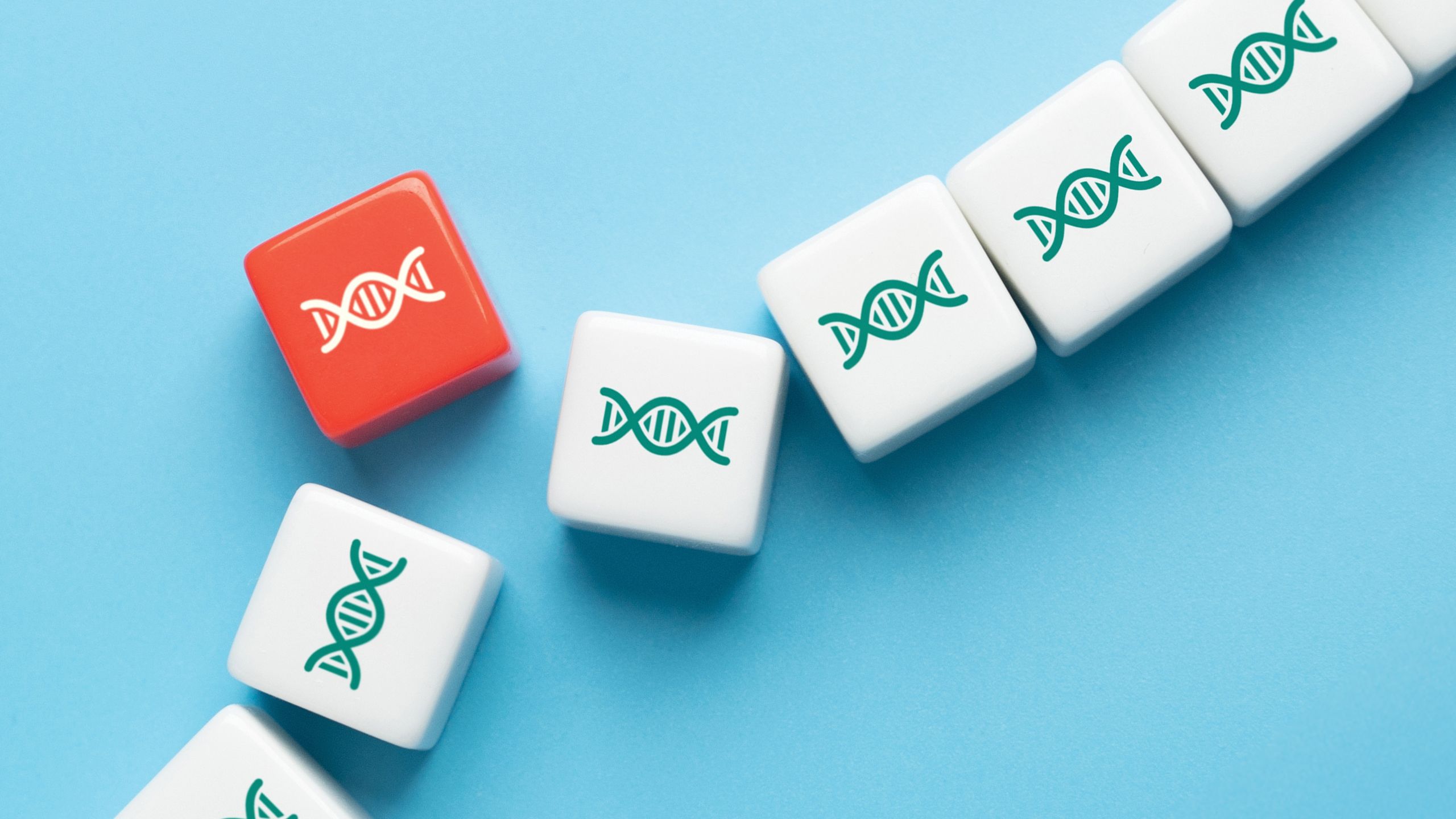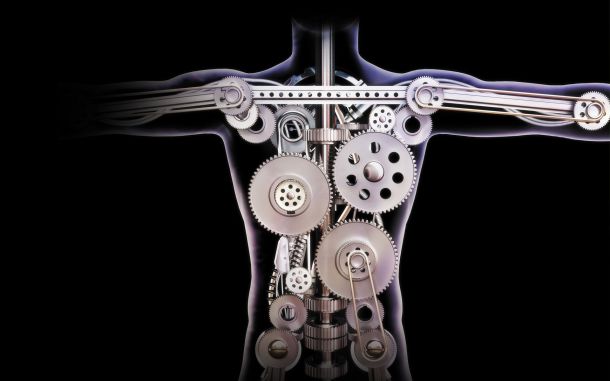Science Square (Issue 165)

In This Article
-
A recent groundbreaking study reported that researchers have successfully developed and delivered a personalized gene-editing therapy to treat an infant diagnosed with a life-threatening genetic disorder called carbamoyl phosphate synthetase 1 (CPS1) deficiency.
-
Artificial intelligence (AI) tools, especially large language model (LLM)-based agents like ChatGPT and LLaMA, are becoming more integrated into everyday life due to their outstanding fluency in generating text.
-
Climate scientists reveal that millions of today’s children will face unprecedented lifetime exposure to extreme climate events if current global climate policies remain unchanged.
A First in Medicine: Personalized Gene Editing Saves Infant with Rare Genetic Disorder
Musunuru et al. Patient-Specific In Vivo Gene Editing to Treat a Rare Genetic Disease. New England Journal of Medicine, May 2025.
A recent groundbreaking study reported that researchers have successfully developed and delivered a personalized gene-editing therapy to treat an infant diagnosed with a life-threatening genetic disorder called carbamoyl phosphate synthetase 1 (CPS1) deficiency. This case marks the first time such a therapy—customized for a single patient—has been safely and effectively administered using CRISPR technology. CPS1 deficiency is a rare and serious condition that prevents the body from properly breaking down byproducts from protein metabolism, leading to toxic ammonia buildup. This can cause severe damage to the brain and liver, and treatment options are limited, usually involving a restrictive diet and eventual liver transplant. Researchers recently developed a CRISPR-based therapy targeting the defective gene in the baby’s liver cells. The gene editing was restricted to non-reproductive cells, ensuring that changes remained within the treated individual and were not passed to future generations. The therapy was administered in two doses—a low initial dose at six months, followed by a higher one. Positive results appeared quickly. The infant began tolerating more protein in the diet, and the need for medications to control ammonia levels was reduced. Critically, the child endured common illnesses, like a cold and a gastrointestinal infection, without experiencing the dangerous complications typically associated with CPS1 deficiency. This case demonstrates not only the promise of gene editing for treating rare genetic disorders but also the potential for rapid, patient-specific therapies. According to the experts, the platform used for this treatment is adaptable and could pave the way for personalized therapies for a broad range of conditions. While more work is needed, the team remains cautiously optimistic about the child’s continued progress.
What Language Disorders Reveal About Chatbots
Watanabe et al. Comparison of Large Language Model with Aphasia. Advanced Science, May 2025.
Artificial intelligence (AI) tools, especially large language model (LLM)-based agents like ChatGPT and LLaMA, are becoming more integrated into everyday life due to their outstanding fluency in generating text. However, these systems often produce confident yet incorrect information, which can mislead users unfamiliar with the subject matter. In a recent study, researchers have reported that this behavior is strikingly similar to a human language disorder called Wernicke's aphasia. In this condition, individuals speak fluently but often produce confusing or meaningless statements. The research team explored this similarity using a method called energy landscape analysis, originally developed in physics and later adapted for neuroscience. This method visualizes how brain states or internal signal patterns in AI systems behave. They compared brain activity from individuals with various types of aphasia to the internal signal patterns of LLMs. The study found surprising similarities, particularly in how information is processed and how signals move within the systems. In both cases—human aphasia and AI models—signal patterns can become chaotic or overly rigid, leading to incoherent output. This discovery offers potential advancements in two fields. For neuroscience, it could provide new diagnostic tools for identifying and monitoring aphasia based on brain activity rather than just speech symptoms. For AI development, understanding these internal patterns might help engineers design systems that manage knowledge more flexibly and accurately. While the researchers caution against over-interpreting the results—emphasizing that AI doesn't have brain damage—they suggest that these internal similarities could guide the creation of more reliable and intelligent AI in the future. Ultimately, this interdisciplinary insight may improve both medical diagnostics and the trustworthiness of AI tools.
Billions of Children Might Face Unprecedented Climate Extremes
Grant et al. Global emergence of unprecedented lifetime exposure to climate extremes. Nature, May 2025.
Climate scientists reveal that millions of today’s children will face unprecedented lifetime exposure to extreme climate events if current global climate policies remain unchanged. Under a high-emissions scenario leading to a 3.5°C rise in global temperatures by 2100, 92% of children born in 2020—around 111 million—are expected to endure record-breaking heatwaves during their lifetimes. In contrast, limiting global warming to the 1.5°C target set by the Paris Agreement could protect 49 million of these children from such exposure. When including all children aged 5 to 18 today, 1.5 billion would be affected under the 3.5°C scenario. However, if warming is limited to 1.5°C, 654 million of them could be spared these extreme impacts. The study shows that children—particularly those in tropical regions and low-income countries—will face far greater climate risks than any previous generation. Those in the most socioeconomically vulnerable communities are likely to suffer the worst effects. The researchers used demographic data and climate models to assess the generational exposure to six types of climate extremes: heatwaves, droughts, crop failures, wildfires, tropical cyclones, and river floods. Their findings reveal a significant intergenerational injustice. For example, under a 1.5°C warming limit, 52% of children born in 2020 would still face unprecedented heatwave exposure, compared to just 16% of those born in 1960. This highlights the urgent need for global climate action. With global warming currently on track to exceed 2.7°C, the study urges world leaders to commit to more ambitious emissions reductions. The message is clear: urgent and equitable climate action is essential to safeguard the futures of today’s youth.









